1.
an object regarded with awe as being theembodiment or habitation of a potent spirit or ashaving magical potency.
2.
any object, idea, etc., eliciting unquestioningreverence, respect, or devotion:
to make a fetish of high grades.
3.
Psychology. any object or nongenital part of thebody that causes a habitual erotic response orfixation.
(from dictionary.com)
A fetish, to me means the desire put upon an object in which replaces the (mainly female) sexual form, such as high heels or fur etc.
“The myth about woman as castrator clearly points to male fears and phantasies about the female genitals as a trap, a black hole which threatens to swallow them up and cut them into pieces” – Barbara Creed (The monstrous feminine).
We looked at the idea of “commodity fetishism” termed by Karl Marx and how photography is used to achieve this idea that commodity fetishism plays on our desire to abject anything in which does not support our fetishised desire. Fetish style photography is seen constantly in the media through advertising campaigns and product photography.
Product photography is usually done in a studio with controlled techniques in which allows objects to be seen as desirable and thus urge people to engage with them.
I have searched for some examples of advertising campaigns which I believe have the element of fetishism in them and some good examples of how objects can be made to look desirable:



The Hilfiger ad shows how a product can be made to look desirable, as they have the watch on a very smooth calm looking setting, with great lighting and therefore makes the watch look a lot better than if it was in real life. The Valentino ad obviously demonstrates fetishism through use of colour (the pink/red) and has high heels which are seen as a common fetish. It is also created to make the objects look desirable, and they do through the use of a studio and perfect lighting.
I have now found some images from http://www.adbusters.org which is an organisation in which fights against capitalism and consumerism with their comedic advertising spoofs:
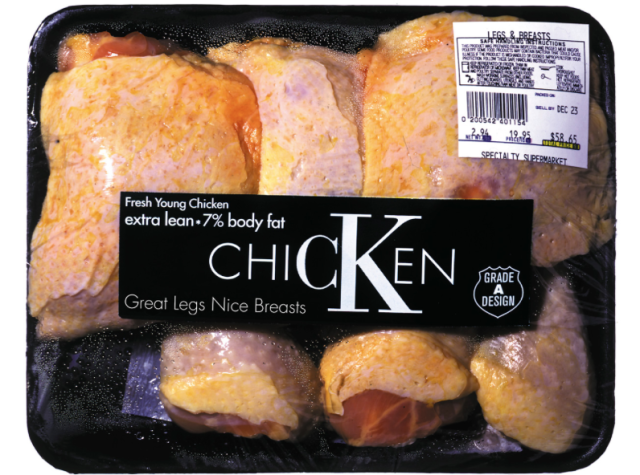

The ‘Chicken’ image is my favourite as it takes the idea that advertising sees women as meat and obviously as we have previously seen, sex sells! This idea has been turned on its head and the famous ‘CK’ (Calvin Klein) logo can be seen on the chicken packet. It has the slogan “Great legs Nice breasts” which is what is used normally to sell clothing or material objects by the advertising market. The Kate Moss image is controversial, however it leaves a mark on the viewer as it refers to the ways in which advertising creates unrealistic body images for women.
I also looked into advertising campaigns which went too far with their sexualisation and fetishism and were actually banned:

Sisley used this photo as a part of the 2007 Chinese advertising campaign, which bears the tagline: “Fashion Junkie.” In this ad the message is clear: “Fashion can be addictive”, but they completely lost the plot. There have been similar ad campaigns by famous names such as Dolce and Gabbana which we looked at in the lecture which have also been banned due to their connotations of gang rape in the imagery.
Abjection:
Kristeva’s concept of abjection is utilized commonly and effectively to explain popular cultural narratives of horror and misogyny, and builds on the traditional psychoanalytic theories of Sigmund Freud and Jacques Lacan. (wikipedia).
Abjection in Kristeva’s terms can link to ideas of the monstrous feminine as discussed by Barbara Creed, “woman is represented as monstrous… almost always in relation to her mothering and reproductive functions: …the archaic mother, the monstrous womb, the witch, the vampire, and the possessed woman”.
Hannah Altman’s series ‘And Everything Nice’ shows this idea of abjection and female beauty perfectly:
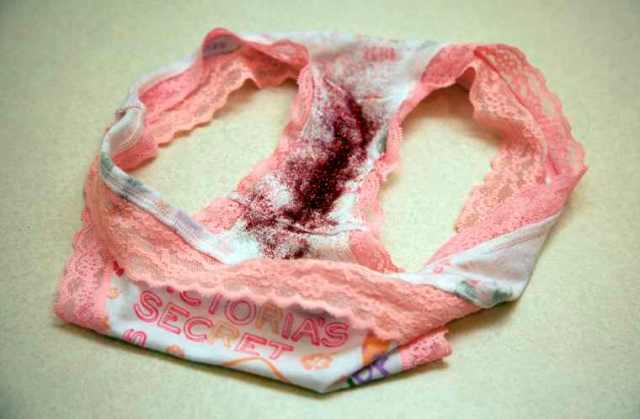
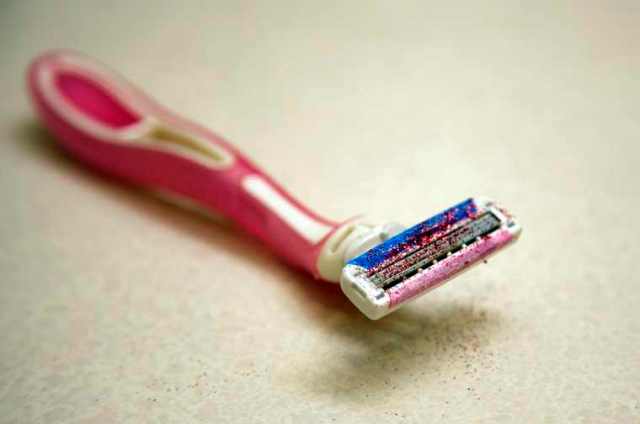
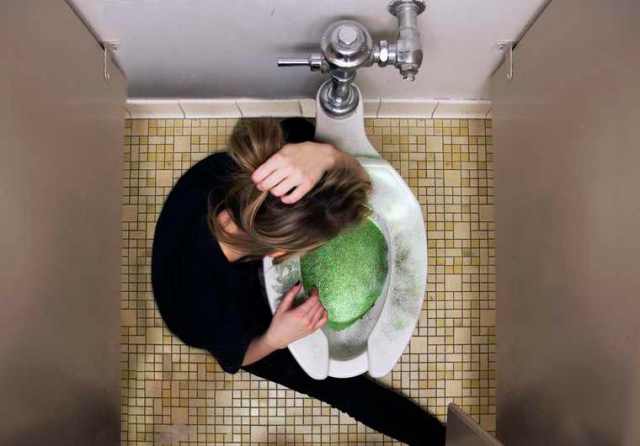
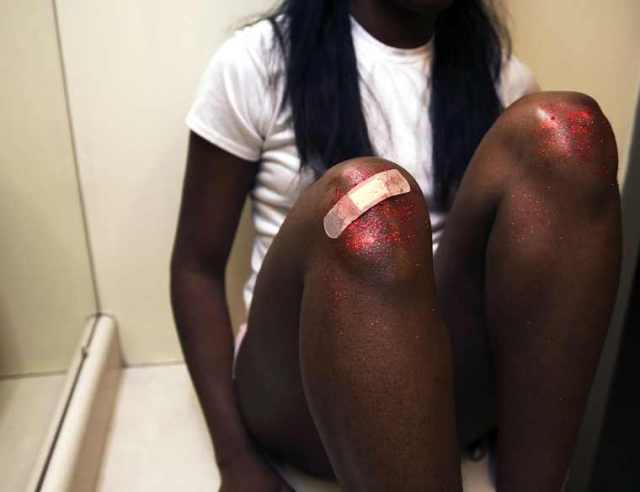
Altman writes: “The body fluid of the models (including blood, tears, and vomit) have been replaced with glitter in order to visualize the concept of girls invariably needing to seem attractive regardless of what is actually happening in the scenario.”
I like these images because of the simplicity of the idea and how well she has portrayed this into something visual as the concept, I think, is quite hard to grab onto but these images speak simply but powerfully about bodily abjection.